Living by the ocean means sea breezes and postcard views—but it’s also getting pricier to insure that dream. Rising sea levels, stronger storms, and insurers pulling back from high‑risk areas have combined to drive premiums up at a dizzying pace. In some towns, annual costs that once felt like a nuisance now rival a second mortgage payment. Here are 12 coastal communities where sticker shock on homeowners insurance has become the new normal.
1. Miami Beach, Florida

Miami Beach has long danced on the line between glamour and risk, and lately the risk side is winning. Average premiums here shot past $10,000 a year in 2024, and many carriers have left the market entirely. According to Zillow, median home prices still hover near $600,000, so buyers can’t just shrug off the extra expense. Insurers point to tidal flooding and hurricane losses as the twin culprits.
Residents are scrambling for coverage from smaller, state‑backed firms that tack on hefty hurricane deductibles. Some locals have downsized to condos simply to afford policies that once covered single‑family homes. Realtors say disclosure forms about flood exposure now take longer to explain than the purchase contract itself. Even lifelong beach lovers admit they’re eyeing higher ground.
2. Galveston, Texas
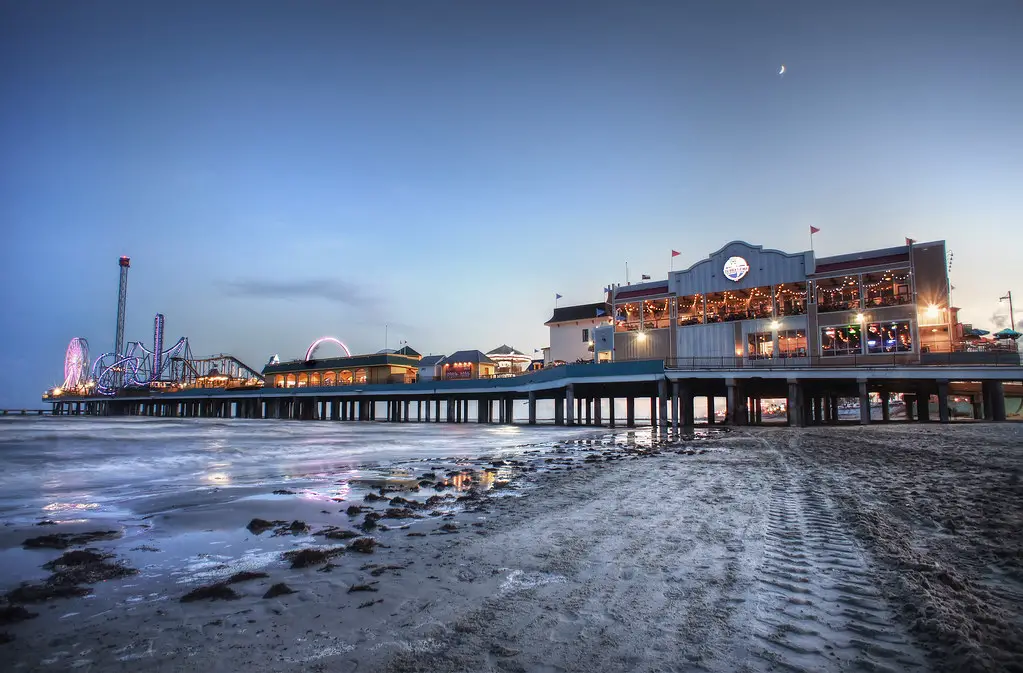
Hurricane Ike may be a memory, but its legacy is baked into Galveston’s insurance rates. Coastal experts warn that warming Gulf waters make future storms more intense, and underwriters have priced that risk in. KHOU recently listed Galveston among the ten U.S. cities with the fastest‑rising coastal premiums. Replacement policies after nonrenewals often cost double what owners paid just five years ago.
Many homeowners rely on the Texas Windstorm Insurance Association as a last resort, but those policies carry strict caps and deductibles. Renovation plans now start with questions about elevation and storm shutters before paint colors. Investors who once snapped up beach rentals are factoring in higher vacancy rates to cover insurance costs. Locals joke that the true price of island life is “sun, sand, and surcharges.”
3. Charleston, South Carolina

Cobblestone streets and pastel row houses make Charleston dreamy, yet insurers see a different picture: low‑lying land plus frequent king tides. The Department of Insurance notes that South Carolina coastal premiums have risen nearly 30 percent since 2022, and Charleston is leading the surge. Some carriers have added separate wind and hail deductibles equal to five percent of a home’s value. That means a $20,000 bill before coverage even kicks in after a storm.
Historic‑district homeowners face extra hurdles because they can’t simply raise floors or swap windows for impact glass. Short‑term rental hosts, once cash‑flow kings, now budget thousands more per year just to stay afloat. A growing number are converting to long‑term leases or selling outright. Preservation is still a city value, but so is staying solvent.
4. Wilmington, North Carolina

Wilmington offers river views on one side and beaches on the other, but both bring flood worries. As reported by Wilmington Star News, median premiums in New Hanover County jumped 23 percent in 2024, outpacing wage growth and property values. Repeated hits from storms like Florence mean some homes carry a “severe repetitive loss” label that scares traditional insurers. Policies that were $1,800 a year a decade ago now flirt with $5,000 or more.
First‑time buyers often learn the hard way that the lowest quote may come with sky‑high deductibles or limited contents coverage. Lenders have started demanding proof of payment in full before closing, not just a quote. Local agents say they spend as much time educating clients as selling policies. Everyone agrees the Cape Fear charm is real, but so is the cost of protecting it.
5. Nags Head, North Carolina
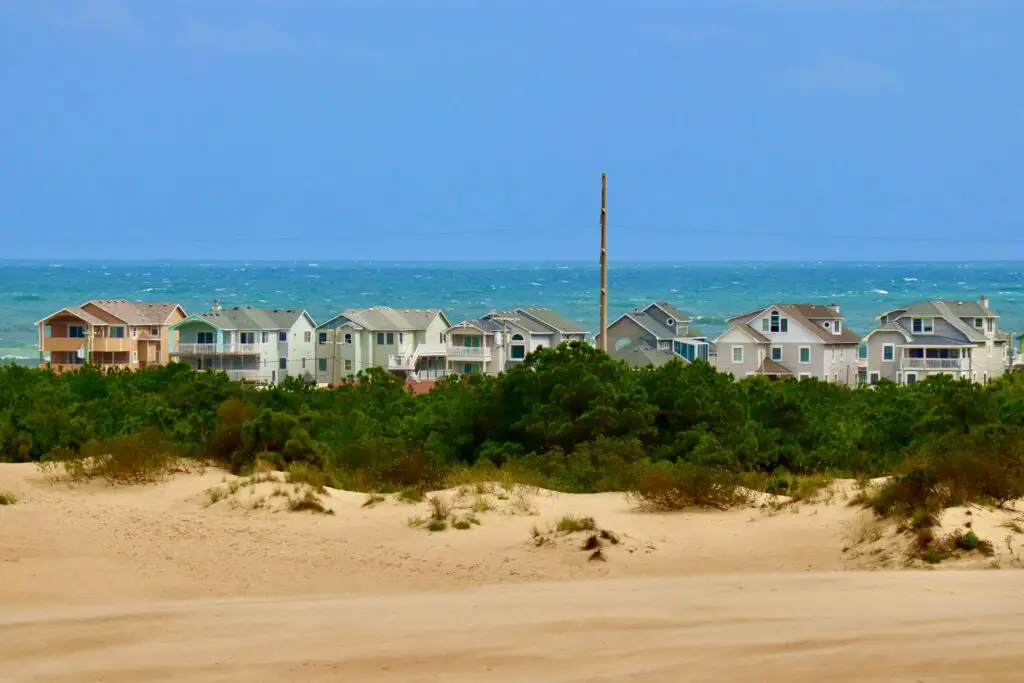
In the Outer Banks, shifting dunes and frequent nor’easters keep adjusters busy. Insurers price wind damage separately from standard homeowners coverage, creating a complex puzzle of policies and deductibles. Many owners must carry both a private wind policy and a federal flood policy, doubling paperwork and cost. Travelers dreaming of a beach cottage quickly confront premiums that can exceed their mortgage.
Rental investors pass those expenses to vacationers, nudging nightly rates higher each season. Locals who rent year‑round find themselves competing with short‑term profits, making housing less affordable. Some longtime residents have sold and moved inland to escape the financial strain. Barrier‑island beauty, it turns out, comes at barrier‑island prices.
6. Gulf Shores, Alabama
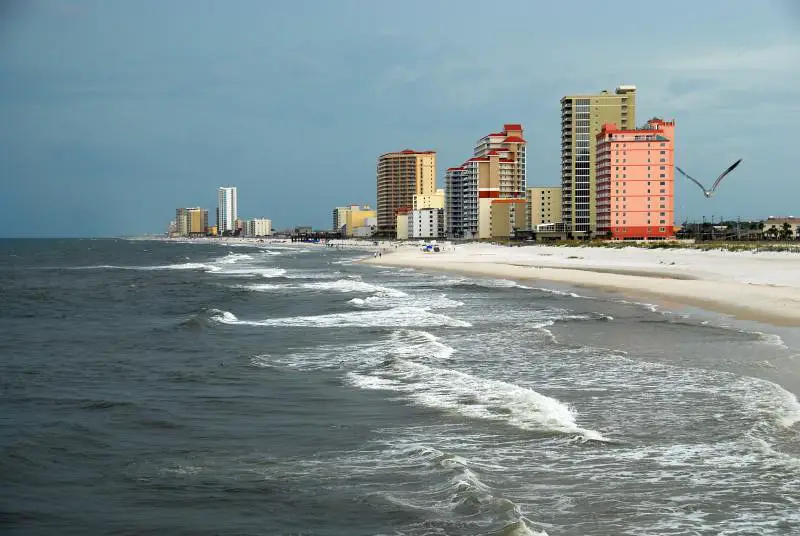
Gulf Shores brags about sugar‑white sand, but insurers focus on the storm tracks that cross Mobile Bay. Premiums here climbed nearly 40 percent between 2021 and 2024, with some companies exiting the Alabama coast altogether. Homeowners often resort to the Alabama Insurance Underwriting Association, but coverage limits force them to buy costly excess policies. Elevating homes can help, yet not everyone can afford six‑figure retrofit bills.
Vacation‑rental operators bake higher insurance into weekly rates, pushing family trips into luxury territory. Locals say they’ve seen more “for sale” signs on inland streets than beachfront ones. Community meetings about resilience now double as insurance workshops. Everyone is hunting for ways to stay covered without going broke.
7. Fort Myers Beach, Florida

Hurricane Ian’s 2022 devastation still reverberates through Fort Myers Beach insurance quotes. Rebuilt homes meet tougher codes, but those upgrades haven’t calmed the market. Many carriers applied blanket premium hikes across Southwest Florida, regardless of mitigation measures. Agents report seeing annual bills jump from $4,000 to $12,000 in a single renewal cycle.
Some homeowners accept higher deductibles just to keep coverage, effectively self‑insuring the first big chunk of any claim. Others are turning to surplus‑lines carriers that offer fewer consumer protections. New construction lenders require hefty escrow cushions to guard against mid‑term cancellations. Rebuilding paradise, it seems, includes rebuilding the budget.
8. Ocean City, New Jersey
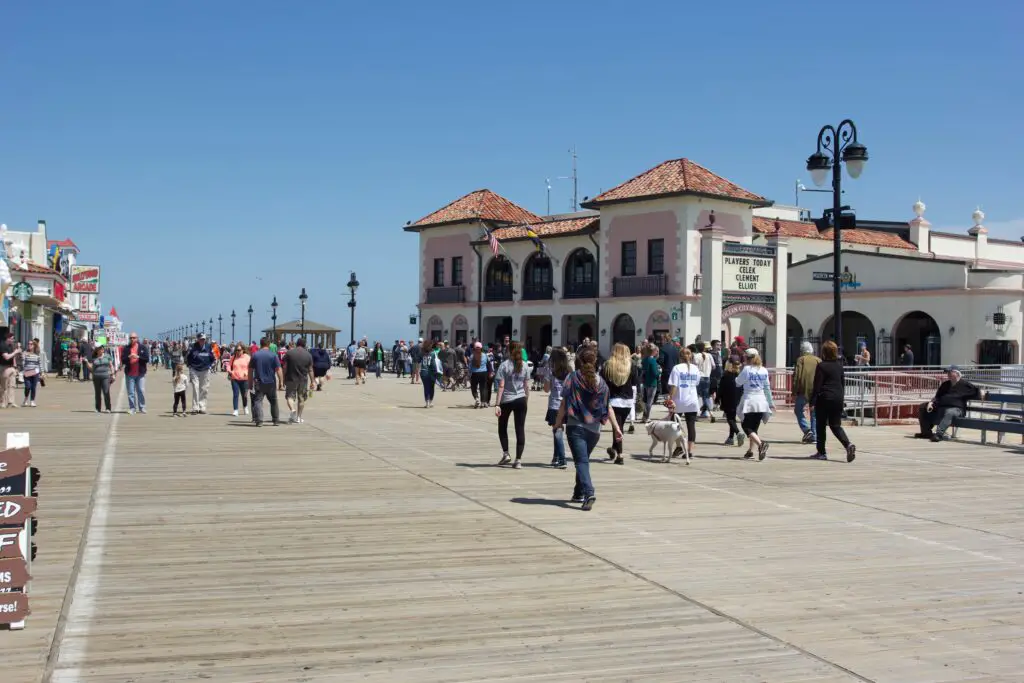
Barrier‑island living on the Jersey Shore always carried costs, but recent flood‑map changes pushed them higher. FEMA updated base flood elevations after Superstorm Sandy, and premiums followed suit. Even elevated homes can face thousands in annual National Flood Insurance Program costs. Private‑market options exist, yet they often come with variable renewal terms that leave owners in limbo.
Second‑home buyers have started eyeing mainland towns like Somers Point to dodge the worst hikes. Local officials promote dune restoration and pumping stations, but insurers remain cautious. Real‑estate agents now list flood premiums alongside taxes to set expectations early. Summer memories are priceless—but insuring the beach house is anything but.
9. Santa Barbara, California

Wildfire risk isn’t the only hazard spooking insurers along California’s coast. Rising sea cliffs and landslide threats have added to underwriting concerns in Santa Barbara. State Farm and Allstate paused new policies statewide in 2023, funneling homeowners into the pricier California FAIR Plan. Even modest bungalows now require layered coverage that can top $8,000 per year.
Homeowners who install hardened roofs and defensible landscaping still see limited savings because coastal erosion remains unmitigated. Buyers from Los Angeles sometimes balk at premiums higher than their previous mortgage payment. Insurance consultants have sprung up to bundle FAIR Plan and excess lines creatively. The city’s postcard views remain, but the cost to safeguard them keeps creeping up.
10. Lahaina, Hawaii
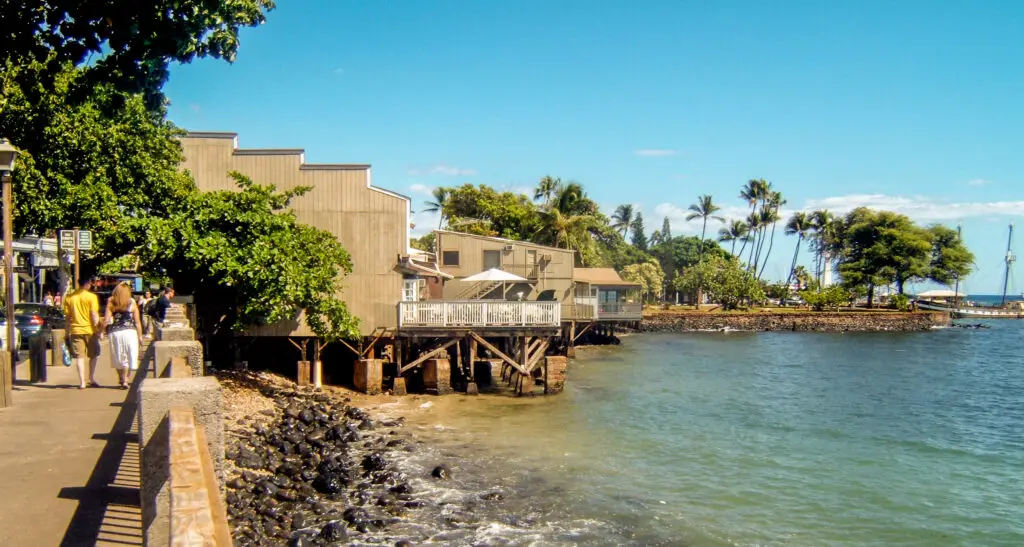
After the 2023 wildfires, insurers reassessed Lahaina’s risk profile from both fire and hurricane angles. Limited competition on the islands means fewer quotes and little downward pressure on price. Homeowners who once paid $1,500 a year now report renewals near $5,000, even if their homes survived the blaze. Deductibles for wind and lava events stack on top, creating complex policies that confuse many owners.
Some residents rely on state‑backed funds, but those programs face their own solvency questions. Rebuilding efforts include fire‑resistant materials, yet credits for mitigation remain slim. Tourism keeps demand for housing high, masking some market stress. Still, locals whisper that the biggest post‑fire threat isn’t ash—it’s insurance.
11. Biloxi, Mississippi
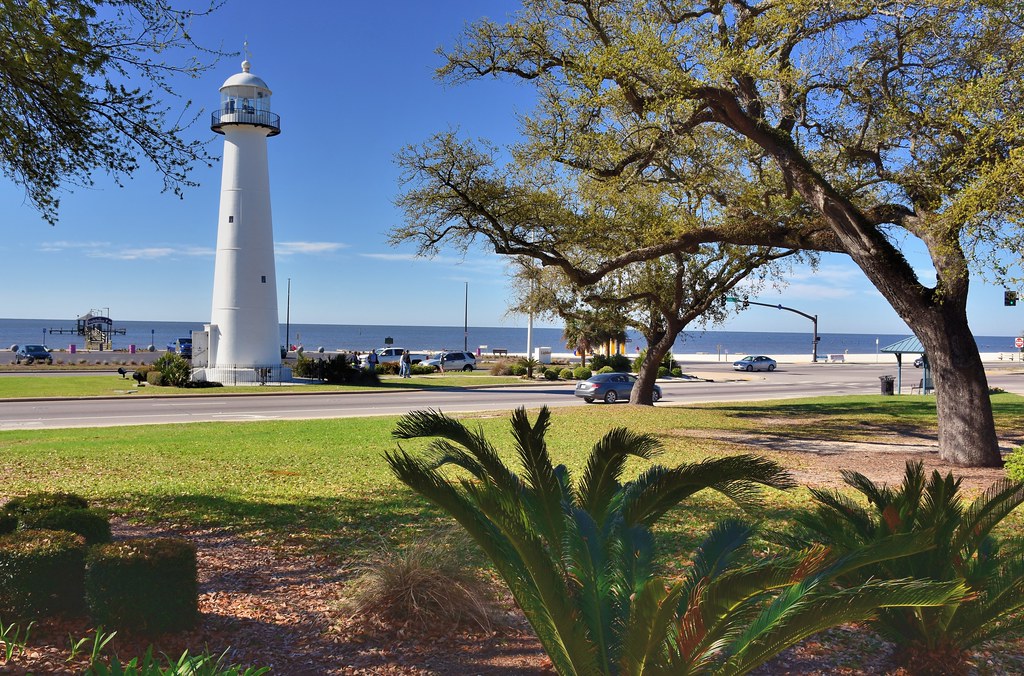
Biloxi’s casino lights sparkle, but insurers remember Katrina’s 28‑foot storm surge. Rates here rose steadily after each subsequent hurricane, and 2024 brought another seven percent average hike. Mandatory wind and flood riders add thousands to baseline premiums, squeezing middle‑class budgets. Some owners opt for actual‑cash‑value policies that pay less on claims just to stay insured.
Developers have responded by building higher and stronger, yet that drives prices further out of reach. Retirees who moved for low taxes now face unexpected insurance bills. Local officials lobby for federal subsidies, but progress is slow. For many, the gamble in Biloxi isn’t at the roulette table—it’s their renewal notice.
12. Chatham, Massachusetts

Cape Cod’s charming Chatham offers salt‑box homes and grey‑shingled cottages, but nor’easters keep insurers wary. Premiums for waterfront properties have doubled in some neighborhoods since 2020, driven by erosion and rising reconstruction costs. Private carriers often cap wind coverage, forcing owners into the Massachusetts FAIR Plan for full protection. That patchwork can run $7,000 a year or more for modest summer houses.
Year‑round residents feel the pinch hardest because rental income doesn’t offset their expenses. Some long‑time locals have downsized inland to avoid escalating bills. Town meetings now feature debates about seawalls and managed retreat. The Atlantic views remain priceless, yet the premiums come with a very real price tag.
